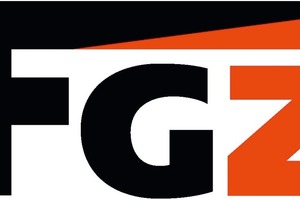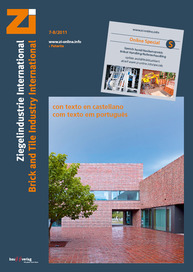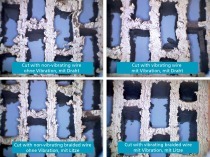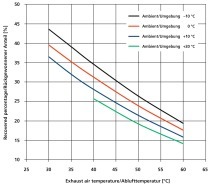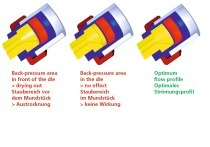Solid-solid recuperation for increasing the energy efficiency of tunnel kilns
Research project conducted by the Research Alliance of the Clay Brick and Tile Industry Regd. (FGZ)
Project number
AiF 15325 BG
Project funded by
BMWi through the German Federation of Industrial Research Associations “Otto von Guericke” Regd. (AiF)
Implemented by
Brick Research Institute Essen Regd. (IZF)
Project manager
Dipl.-Ing. Eckhard Rimpel
1 Background

